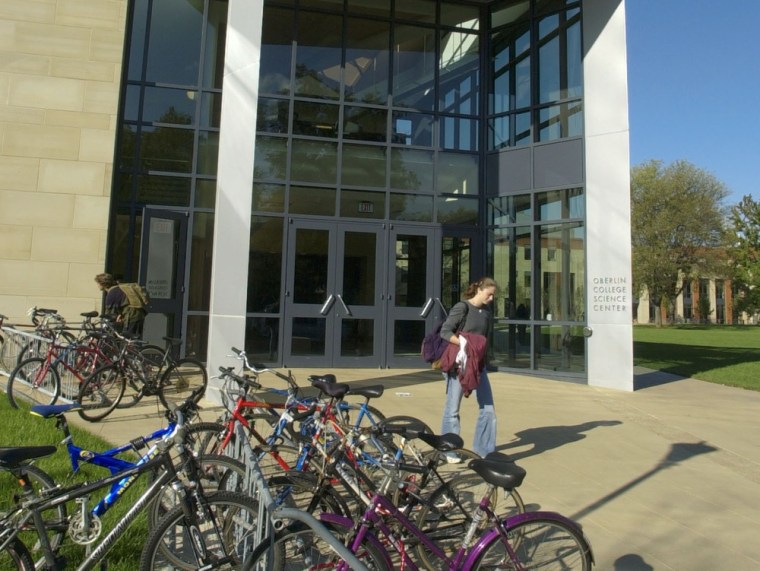College students have a better chance of getting financial aid if they come from affluent backgrounds than if they are lower on the income scale, some new studies show.
There is growing evidence that colleges may be offering more scholarship money to wealthy students and less to those truly in need, and by doing so are perhaps closing a door to advancement for many families.
A new study by Sallie Mae found that 36 percent of students from wealthy families received scholarships averaging $10,213 for the school year just ended, while 35 percent of students from families earning less than $35,000 a year received scholarships worth an average of $7,237.
And a study released in May by the New America Foundation analyzed federal data on what students pay out of pocket for college, and found that the share of students receiving merit aid more than doubled, from 8 percent to 18 percent, at public colleges between 1995–1996 and 2007–2008. At private colleges, that share rose from 24 percent to 44 percent –and at all colleges, the share of students receiving aid based on need barely changed.
"With their relentless pursuit of prestige and revenue, the nation's public and private four-year colleges and universities are in danger of shutting down what has long been a pathway to the middle class," wrote Stephen Burd, author of the New America study.
Why is this happening? For starters, colleges are in a perpetual race to rise in published rankings. Second tier schools are using offers of aid as lures for highly qualified students who might not otherwise attend – even if those students don't really need the money.
Many colleges are also constantly striving to maximize their revenue, and to that end, some give preference to wealthy applicants. The New America study found that "10 percent of college admissions directors at four-year colleges (and nearly 20 percent of those at private liberal arts colleges) reported that they give affluent students a significant leg up in the admissions process."
Grants and scholarships covered 37 percent of low income students' college costs in the 2012-2013 school year, down from 42 percent in 2008-2009, according to Sallie Mae. But middle income students increased the share of funding they got from grants and scholarships, and use of grants and scholarships by wealthy students was essentially unchanged.
Declining enrollment isn't likely to help. Enrollment fell 2 percent in the school year just ended, and the trend may continue for several years. If colleges fall short of their admission targets, they also fall short on revenue, and that makes distributing aid based on need more challenging.
Sandy Baum, a senior fellow at George Washington University's graduate school of education, agrees that colleges are using merit aid in ways that don't fit the mission of financial aid. But the underlying trends, she says, are complex.
Baum co-authors an annual report by the College Board called "Trends In Student Aid," and in that national survey, she said, it became clear that less selective colleges offer a larger share of aid that is not based on need.
"They need to draw in students with money, and they are terrified that the college down the road is giving them a merit scholarship," she said. But overall, "when you look at the percentage of aid going to students without need, it's declining. It's not rising."
The most selective public and private colleges are awarding more money based on need, the study found. But those colleges also have the wealthiest students.
"Those really high priced schools are giving bigger grants to the low income kids, but they don't have very many of them," Baum said. And the students at the lower end of the income scale at the pricey, selective schools may still be better off than low income students at less selective colleges – which can mean a low income student at a selective school receiving aid may look like a middle class student on a national scale.
Scars from the recession are another issue, Baum says, leaving more students in need of aid.
One solution, she says, would be for colleges to lower their tuition and reduce the amount of merit aid they award. With colleges competing for the best students, that shift may be a long time in coming - but "they're going to have to do something different," she said. "I have to believe we will evolve in that direction."
